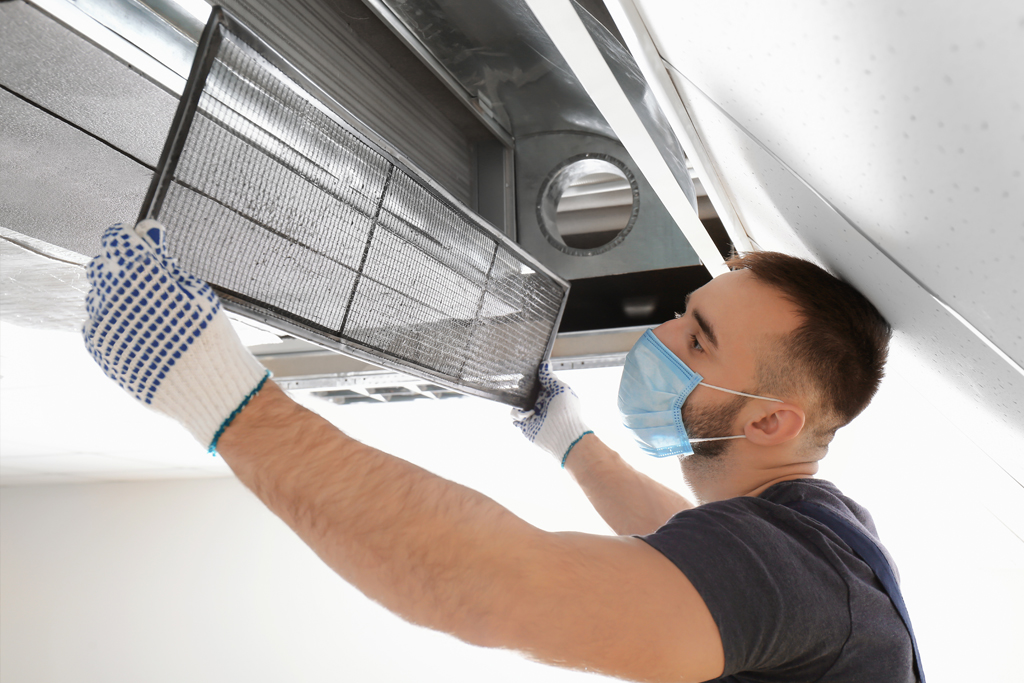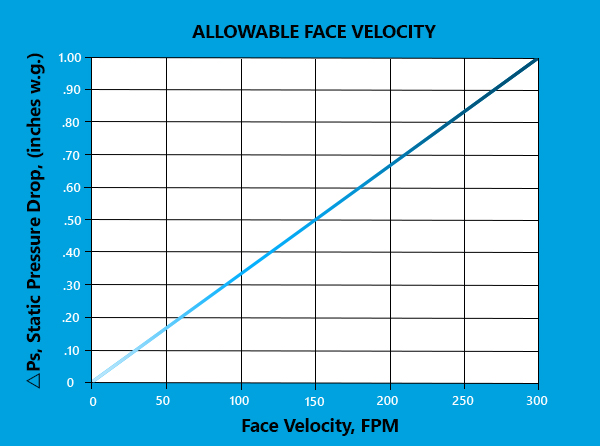Airflow and Air Filtration for Safer Indoor Air

Air Filtration for Safer Indoor Air
ASHRAE statements regarding transmission of SARS-CoV-2 convey that ventilation and filtration provided by HVAC (heating, ventilating, and air-conditioning) systems can reduce the airborne concentration of Covid-19 and thus lower the risk of transmission.
HEPA (high efficiency particulate air) filters are air filters designed to stop or capture very small particulates from an air stream at a highly effective rate. According to the U.S. Department of Energy, to qualify as HEPA, a filter must remove at least 99.97% of particles when tested with an aerosol with a size of 0.3 microns.
Airflow and Airflow Sensors for Indoor Air Quality
Airflow and air velocity sensors play a major role in indoor air quality and air filter selection, operation and performance:
- Filtration efficiency, or the ability of the filter to remove contaminants from air passing through the HVAC system, is a big factor in filter selection. HEPA filter test standards establish efficiency under a specified air flow, and this data is included in manufacturer’s specifications.
- Filters should be used at their rated pressure drop and face velocity to be most effective. Filter face velocity is the measured air velocity entering the filter, and the pressure drop of a filter is a measure of its resistance to airflow through it, given for specific face velocities. Rated pressure drop increases with air velocity.
- Although there are HVAC situations where increased airflow is beneficial, HEPA filters may experience a decrease in collection efficiency if they are operated at a face velocity exceeding manufacturer's specifications.
Conduct Periodic and Quantitative Airflow Testing
The control of airborne particulates is dependent upon many factors which include filter efficiency, air velocity and airflow uniformity. Airflow measurement and monitoring will allow you to identify any variations that might adversely affect filtration and system performance and thus increase the risk of contamination. Single or multipoint air velocity sensors should be used to measure face velocity across filters and verify flow at strategic points in the system. Airflow visualization products should be used to verify airflow patterns and identify turbulence which may negate the clean spaces you’ve worked so hard to establish. Our handheld foggers are portable, easy to use and show real-world airflow patterns immediately.
Stay Safe
Degree Controls will continue to support businesses worldwide as they adapt to the ongoing threat of Covid-19. Contact a DegreeC representative at sales@degreec.com for airflow products and product support. Please take care, and stay healthy and safe during these challenging times.



